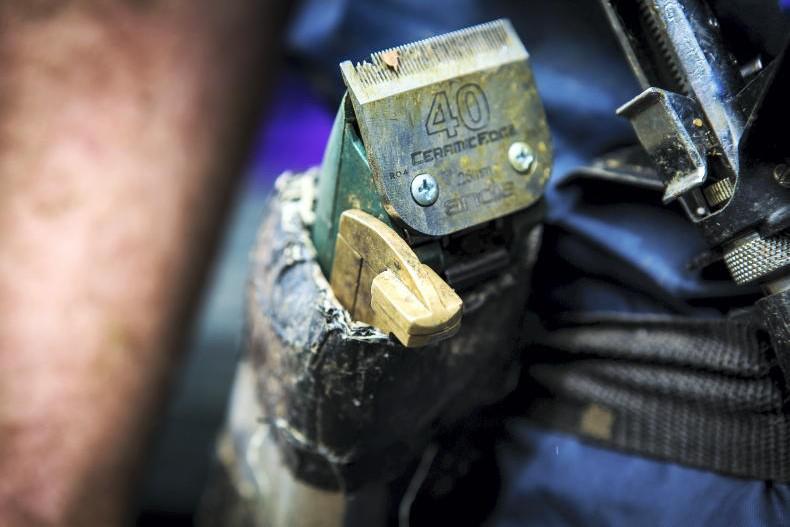The Department of Agriculture’s current bovine TB eradication programme was launched in January 2021, with the overarching aim of eradicating the disease from cattle herds by 2030.
The plan launched as TB reactor numbers and herd incidence were on the rise, after both disease metrics had reached historic lows just a few years previous and have significantly worsened since.
It was estimated that the direct costs of eradicating the disease over the decade would come to €1bn, after direct bovine TB costs for the exchequer had hit €57m before the launch.
Direct costs ended last year at just above the €100m mark, but not factored into this figure are farmer TB testing costs, the cost of farmer labour and wages for Department personnel assigned to TB-related roles.
Farmer testing costs are approximately €35m to €40m per year and the last time the Department calculated its TB staffing bill in 2018, it came up with a figure just shy of €40m.
These additions would take the real cost of 2024’s leg of TB eradication programme costs to a total of €175m to €180m.
Rising reactor numbers and increasing cattle values are the main drivers of this spending jump.
Actions
Strategic actions included in the programme include incentives for removing inconclusive cattle, regionalising controls, focusing efforts on herds with a history of TB breakdowns and reducing the risk posed by badgers.
Stakeholders sitting on the TB Forum have ruled out the possibility of introducing a regionalised approach to TB controls and testing regimes.
This is despite the forum’s scientific working group giving the opinion in 2023 that splitting the country into TB risk areas could provide a pathway for a regional eradication of bovine TB, before national freedom from the disease is achieved.
This approach had been taken in TB eradication efforts in countries, including the UK, Spain, New Zealand, Australia and Chile.
The Department has also raised the possibility of introducing risk-based movement protocols, which would prevent the movement of higher-risk cattle from higher-risk herds into herds free from TB.
These proposals would initially target cows over three years of age moving from herds larger than 50 cows that experienced a breakdown over the past few years.
Farming organisations have voiced opposition to the proposals.
Also raised as a possibility under the current programme, but not yet progressed, has been the blood testing of all cattle in herds with multiple skin reactors.
